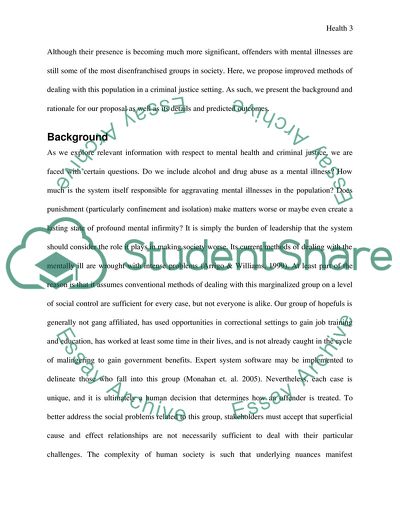Cite this document
(“Proposal (Subject-Mental Health and Criminal Justice) Research Paper”, n.d.)
Retrieved from https://studentshare.org/miscellaneous/1569537-proposal-subject-mental-health-and-criminal-justice
Retrieved from https://studentshare.org/miscellaneous/1569537-proposal-subject-mental-health-and-criminal-justice
(Proposal (Subject-Mental Health and Criminal Justice) Research Paper)
https://studentshare.org/miscellaneous/1569537-proposal-subject-mental-health-and-criminal-justice.
https://studentshare.org/miscellaneous/1569537-proposal-subject-mental-health-and-criminal-justice.
“Proposal (Subject-Mental Health and Criminal Justice) Research Paper”, n.d. https://studentshare.org/miscellaneous/1569537-proposal-subject-mental-health-and-criminal-justice.


